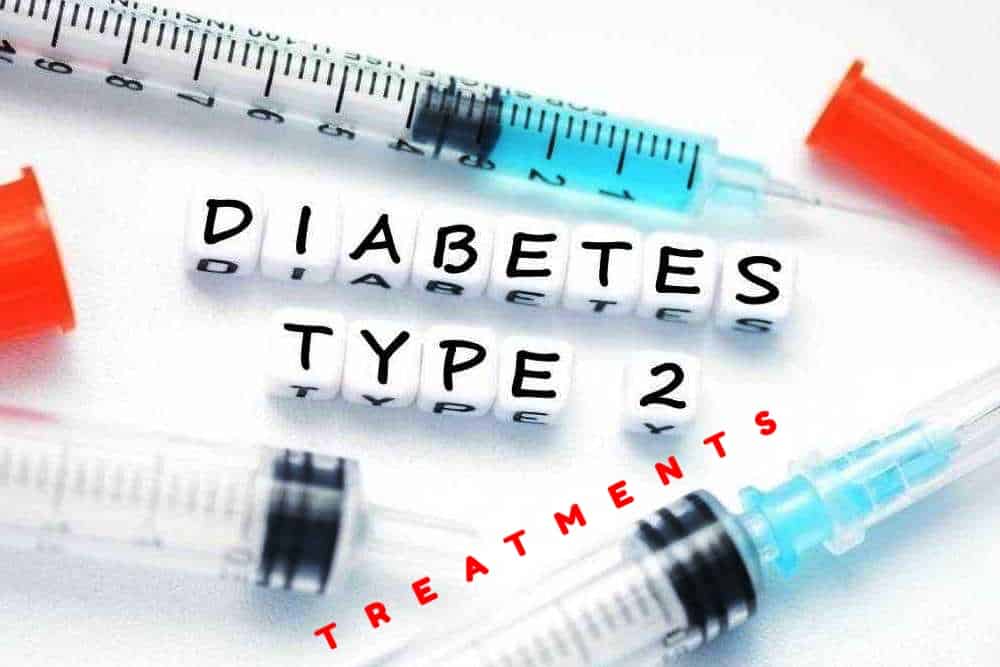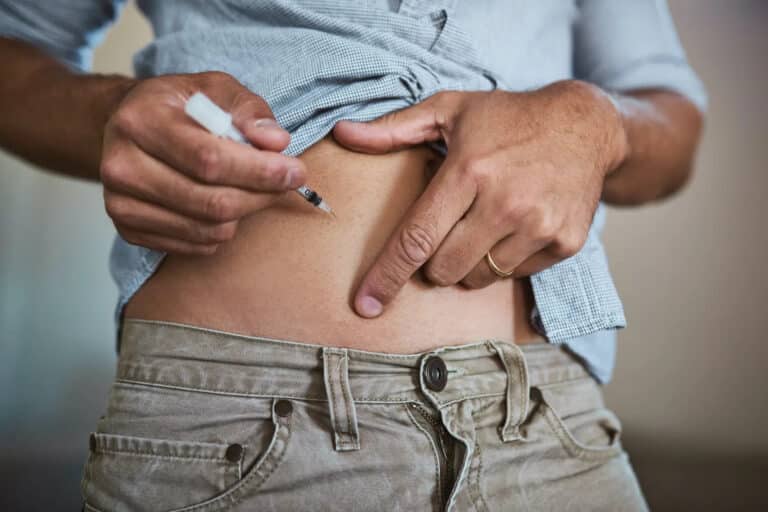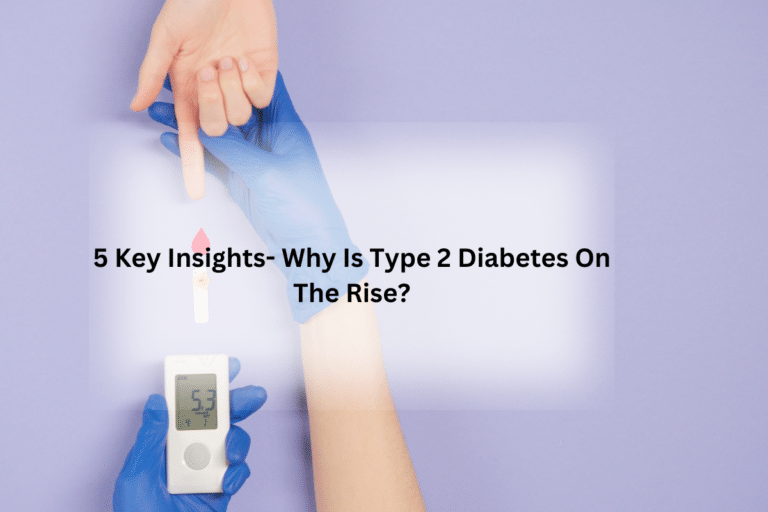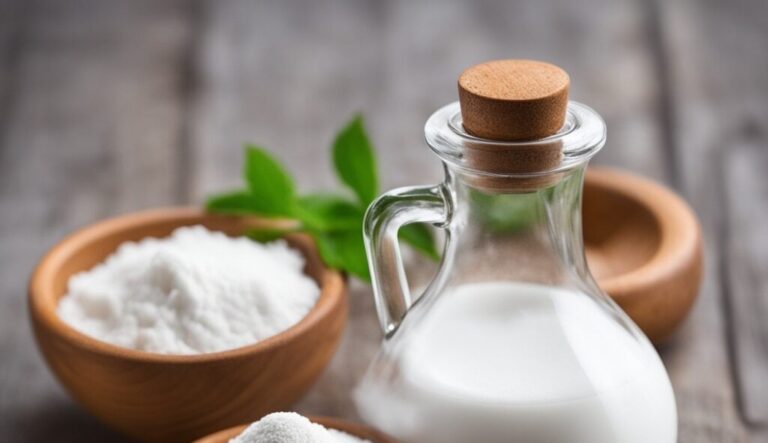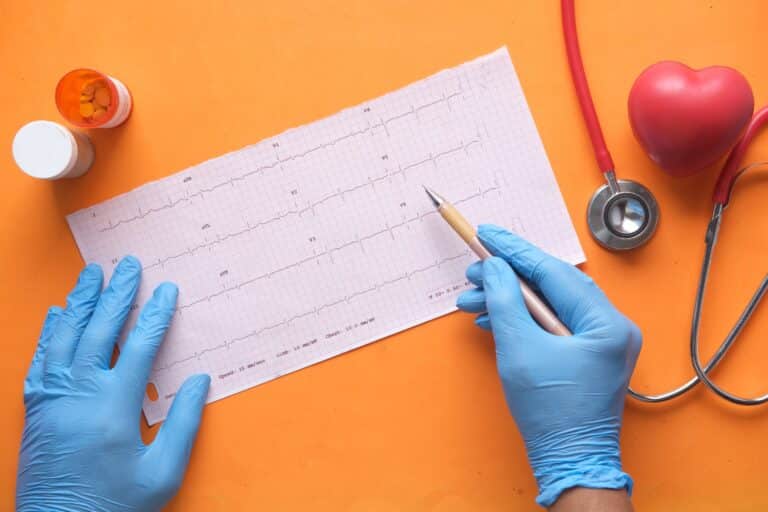Type 2 Diabetes Treatments, Management, Cure?
Type 2 diabetes or t2d, is a medical condition due to metabolic disorder in which the body does’t use insulin properly. Insulin resistance occurs and type 2 diabetes progresses. We’ll go through type 2 diabetes treatments and management to keep you informed.
Type 2 Diabetes Overview
When glucose cannot be distributed correctly through the body, hyperglycemia occurs, leading to increased blood sugar levels. This also elevated glucose levels in the blood stream. Hyperglycemia is as a result of the following factors;
1. The body is unable to produce enough insulin to regulate increase in blood glucose levels.
2. The body is ineffective in insulin utilisation thus, leading to build up in blood glucose levels. This is also referred to as “insulin resistance “- a pioneering factor that leads to type 2 gestational and prediabetes.
The factors above can lead to complications and health problems such as:
- kidney damage: irreversible end stage kidney disease that may require dialysis or kidney failure.
- Nerve damage (Neuropathy): excess blood sugar can cause numbness and burning sensation experienced in finger/toe tips upwards signalling nerve damage/dysfunction.
- Vision Loss/Eye damage: such as glaucoma and cataracts which may destroy retinal blood vessels leading to potential blindness.
- Cardiovascular diseases: such as atherosclerosis (the narrowing of blood vessels), high blood pressure, stroke etc.
Type 2 diabetes, formerly known as Non-insulin dependent/Adult onset diabetes due to its occurrence in individuals over the ages of 40 to 45 years. Today more children are being stricken with this disorder than ever. The diagnosis of type 2 diabetes in children is due to the rise in child obesity rates. Studies have shown that more than 75 to 80% of children diagnosed with type 2 diabetes are related to someone already diagnosed with the disease, or because there are certain unhealthy eating traits and lifestyle habits that increases the risk of the condition. This can be prevented by:
- engaging in more fun physical activities
- consuming more fruits and vegetables
- drinking more water
- avoiding less sugary drinks
- preparing more healthy meals.
Signs and Symptoms of Type 2 Diabetes
The signs and symptoms of type 2 diabetes often develop slowly over a long period of time or for several years without ones knowledge. This is due to the fact that type 2 diabetes symptoms can be difficult to spot. However, knowing the risk factors/signs and symptoms to watch out for can help in it’s management, regulation and control. Some of these symptoms include;
1. Excessive or increased thirst: also known as “polydipsia” a term given to describe increased thirst for water usually noticed as an initial symptom of diabetes, as it occurs due to high blood sugar levels. Polydipsia is accompanied by temporary or prolonged mouth dryness.
2. Frequent urination: also known as “polyuria” which is a condition whereby the body release’s urine more than normal with large or abnormally excessive amounts of urine. Not all blood sugar can be reabsorbed and some of this excess blood glucose ultimately ends up in the urine where it draws more water from the kidneys resulting in unusually large urine amounts.
3. Unintended or sudden loss of weight and muscle mass:
Individuals with type 2 diabetes experience sudden insufficient insulin levels. This prevents the body from getting glucose from the bloodstream and into the cells to be utilized as fuel or energy. When this happens, the body looks for an alternative and will start to breakdown/burn up fat and muscle mass for energy. Leading to a sudden reduction in total body weight or muscle mass.
More T2D Symptoms
4. Extreme tiredness and body fatigue: This is as a resulting effect of hyperglycemia (high blood sugar levels) either due to insulin resistance or lack of insulin hormone which affects the body’s ability to channel glucose into cells to be utilized as fuel to meet the body’s energy needs.
5. Increased hunger: also known as “polyphagia” used to describe increased or excessive hunger or appetite. Polyphagia is one of type 2 diabetes three main symptoms characterized by lack of insulin hence, the body cannot convert or transform the food ingested into energy or body fuel and this lack of energy causes increased hunger levels.
5. Sores that heal slowly with areas of darkened skin (which is visible on the neck and underneath the armpits): this is an indicator of insulin resistance in t2d.
6. Frequent infections.
Risk Factors
A number of factors can precipitate the risk of exposure or chances of developing type 2 diabetes. They include;
1. Physical inactivity » engaging in physical activities aids in weight control by using up stored glucose as a source of energy and this makes body cells more sensitive to insulin activity. Thus, the less active you are, the greater your risk of developing type 2 diabetes.
2. Age » as you get older, the risk of type 2 diabetes increases especially from age 40 to 45 due to the fact that as people age, they tend to gain weight, exercise less often and lose muscle mass.
3. Being Obese and overweight » is a major predisposing risk factor for developing type 2 diabetes.
4. Family History » having a first degree relative with type 2 diabetes diagnosis can be correlated with hereditary & environmental factors.
5. Waist size and fat distribution » fat stored mainly in the abdomen increase the risk of type 2 diabetes than if the fat is stored in other parts of the body such as the hips and thighs. Also the risk of type 2 diabetes rises in men with a waist size of 37 to 40 inches(101.6 centimeters) and a waist size of 31.5 to 35 inches(88.9 centimeters) in women.
6. Polycystic ovarian syndrome » which is a common condition in women characterized by- obesity, irregular menstruation and excessive hair growth increase the risk of developing type 1/ type 2 diabetes.
Treatment and Management of Type 2 Diabetes
Type 2 diabetes is a completely reversible and preventable health condition with chances of greatly reducing symptoms or reversing the disease condition especially when diagnosed on time.
The first step in the treatment and management of type 2 diabetes involves a typical combination of diet modification, with frequent appropriate physical activities and regular exercise.
1. Healthy Diet Modification:
This treatment involves adopting a low carbohydrate and calorie diet. Eating meals with lower carbohydrate and Low-Glycemic index can aid with weight loss and the eventual reduction/lowering of high blood glucose levels. A low calorie diet also comes handy as the less intake of calories results in lower build up of excess blood glucose.
Individuals diagnosed with type 2 diabetes will have to be extra cautious and careful with their carbohydrates content so that it does not equate to an uncontrollable rise in blood sugar levels. Some recommended diabetes super foods particularly rich in vitamins and other nutrients uniquely beneficial for individuals with type 2 diabetes include; lentils, cinnamon, white balsamic vinegar, chia seeds and wild salmon.
2. Medication:
Medications, such as pills, injections and injectable drugs are recommended when diet and exercise alone are not sufficient to keep blood sugar levels in an acceptable range. Oral medications are often the first kind to be prescribed, some of these prescribed pills and their functions include;
- Metformin: helps the body to respond better to insulin.
- Meglitinides and Sulfonyl Ureas: this medications instructs the pancreas to produce more insulin.
- Alpha – glucosidase inhibitors: slows down digestion of food with complex carbohydrate composition (such as bread, rice, potato etc) thus, keeping blood sugar from surging after meals.
- SGLT2 inhibitors: increases the level of sugar excreted from the kidneys via urine.
Other Type 2 Diabetes Treatments Include
– Victo 39
– Byetta
– Bydereon etc.
3. Insulin therapy:
Taken with a device called an insulin pen or through an inhaler. Insulin therapy is recommended when other medication’s are not sufficient enough to control blood sugar levels.
4. Regular Exercise:
This includes all forms of physical activity from chores, working out to walking. Regular exercise helps in a culminative effect of lowering blood sugar levels by;
– helping cells to utilise insulin.
– enabling muscles to use up glucose.
It is advisable to check your blood sugar level before and after exercising.
5. Regular Blood Glucose Testing:
Involves checking your blood sugar with a glucometer on a regular basis. Consult with your doctor or healthcare professional about how often to test your blood sugar in order to know how well medication’s/treatments are working. Also vital, is knowing the target range your blood sugar should be maintained.
6. Weight Loss Surgery:
This treatment is not for everyone! Recommended for patients such as, men who are at least 100 pounds overweight, and women who are 80 pounds overweight. This would help get rid of the extra pounds, control blood sugar, raise the level of gut hormones called “secretins” that signals the pancreas to secrete more insulin. Thus leading to less intake of medication’s and effective treatment. #t2d #type2diabetes #t2dtreatments #t2dmanagement #t2dcure

